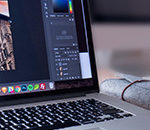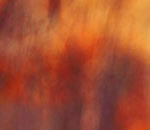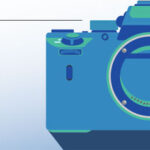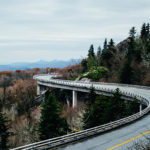Matthew Vandeputte, a film editor and photographer based in Sydney, Ausralia who specializes in timelapse and hyperlapse photography, recently released a hyperlapse video of a fiery sunset above thick cloud cover that he made on an airplane. The video, shown below, is certainly lovely, but that’s not what has people talking—it’s that Vandeputte claims to be the first person to have ever done it:
While Vandeputte may not be the first person to shoot a sunset hyperlapse from an airplane, a large measure of contention in discussions about the video’s claim to fame seems to hinge on the fundamental difference between timelapse and hyperlapse photography: whether or not the camera is hand-held, a nuance that Vandeputte has been quick to point out to critics.
“Cinema-productions have been shooting similar looking footage for years, [but] I shot this footage using the hyperlapse technique that’s been making the rounds on the internet for the past two years or so,” said Vandeputte. “A hyperlapse is not the same as a timelapse. They are the same basic principle, [but] they employ a different type of shooting,”
Hyperlapse, also known as advanced motion timelapse, is a photography technique that involves capturing a series of photographs and stitching them together into a “fast-forward” video sequence.
In regular timelapse videos, the camera is stabilized during capture and the images are shot with totally consistent framing to give the final timelapse the feeling of passing through time. By contrast, hyperlapse photographers hand-hold their cameras and allow for movement and inconsistent (though similar) framing between each image. This gives the final hyperlapse the feeling of flying through both space and time.
But some may ask, “What’s the point? Why not just shoot video?”
Perhaps the most obvious benefit of hyperlapse (and timelapse) photography over shooting straight video is the potential for extremely high resolution. Shooting stills and stitching them together allows the photographer to create Ultra HD video files with resolutions of greater than 5K. Vandeputte’s hyperlapse, shot during a flight from Gold Coast to Sydney, Australia, boasts an impressive 4K resolution, which translates to 2060p (as opposed to the usual 1080p).

Vandeputte cites this experience as the reason that he “always chooses the window seat” on planes.
Vandeputte used a Canon 5D Mark III with a Canon 24-105mm f/4L lens and Sandisk Extreme Pro SDHC and CF cards to capture the stills for his hyperlapse and then stabilized and edited his video in Adobe After Effects and Final Cut Pro X (10.1).
Like This Article?
Don't Miss The Next One!
Join over 100,000 photographers of all experience levels who receive our free photography tips and articles to stay current:






Unspectacular at best.